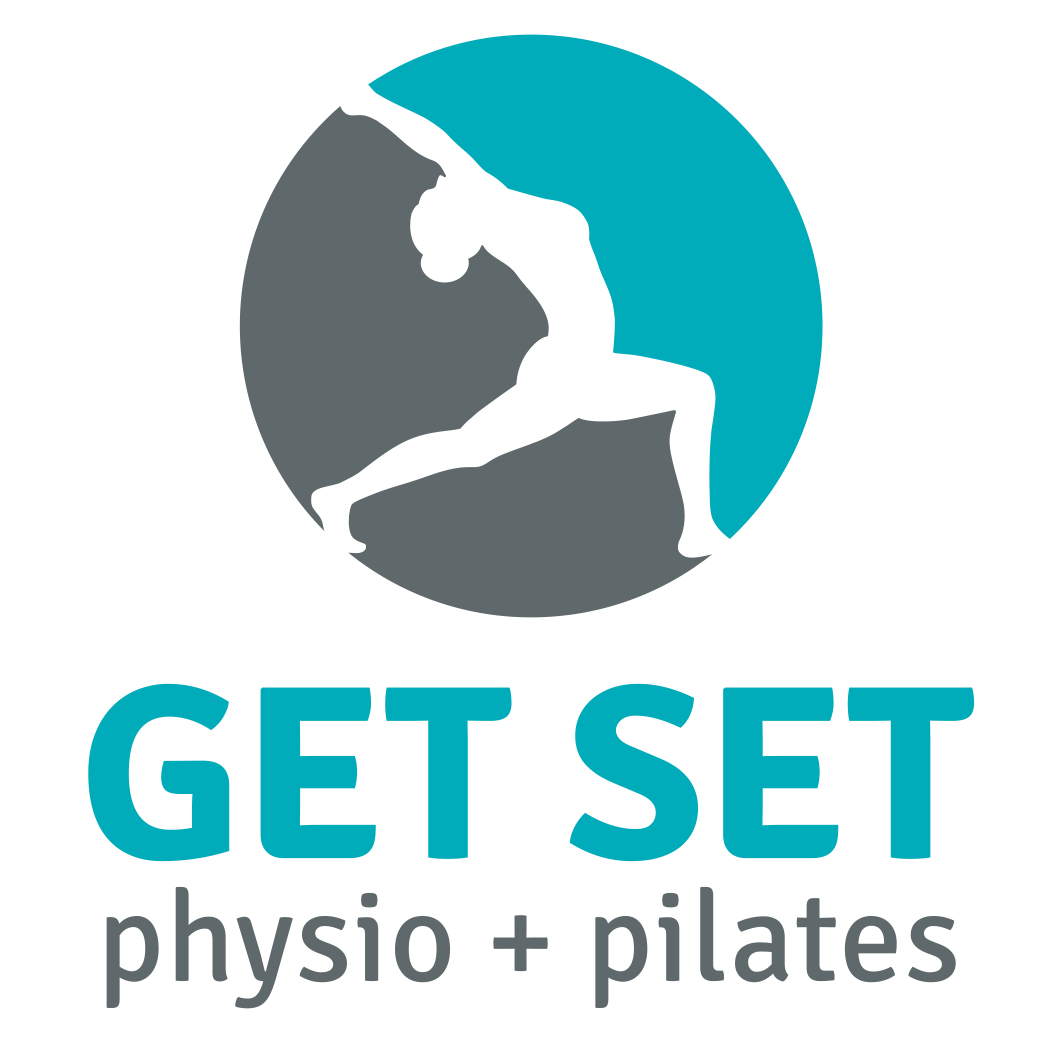The move from RICE to POLICE. What does it mean for managing acute injuries?
Let’s talk acute injuries! For decades, after suffering an acute injury such as an ankle sprain or a pulled/strained muscle in your leg, both the general and medical population have become accustomed to treating immediately with RICE. For those of you that are not familiar with RICE, it doesn’t mean throwing a bag of Uncle Ben’s on your injury and hoping for the best. RICE is an acronym that stands for Rest, Ice, Compression and Elevation and has been the gold-standard of acute injury management for many years.
However, with the help of modern research, we have identified a flaw in the RICE protocol. As a whole, RICE encourages us to stop any movement of the injured area and completely rest until ‘full recovery.’ For example, if you get a sprained ankle, you are required to immobilise the ankle and not put any weight on that foot until it heals or is pain-free. The issue here is that this can often lead to poor tissue healing, muscle atrophy (weakness) and stiffness in the associated joints. These factors will delay the recovery of the injured tissue and essentially lead to a prolonged rehabilitation period.
With the influx of medical research and science in the last few years, our understanding of tissue healing has changed. There is now a large drive to load injured tissues early and progressively to enhance and accelerate the healing process by increasing repair and growth signals in the tissue at a cellular level to adapt to the external load. With this dawns the new acronym, POLICE. Protection, Optimal Loading, Ice, Compression and Elevation.
How is POLICE implemented?
Protection – A period of protecting the tissues from further damage. This does not mean complete immobilisation. This could be bandaging up bleeds, crutches or slings or prevent damaging movements or simply removing yourself from a vulnerable position (i.e. get off the footy field). Complete immobilisation should only be utilised when absolutely necessary such as a suspected fracture.
Optimal Loading – Replace Rest with Optimal Loading. Early loading leads to accelerated regeneration and tissue repair. It prevents muscle weakness associated with prolonged rest and reduces nasty scar tissue. It is important to consider intensity, frequency, magnitude, the direction and duration of loading with this phase to optimally load the injured area.
Ice – Aimed to decrease swelling and provide a pain-relieving affect on the tissues. It should be applied for 20 minutes every two hours for the first 48-72 hours of the injury.
Compression – Light compression aims to reduce swelling. Compression should start just further out to the injury site and working inwards. The bandaging should extend to about a hands-width towards the body from the injured site.
Elevation – By keeping the injury above the heart, you can reduce the accumulation of fluid, decreasing swelling.
Have you had an acute injury? A physiotherapy assessment and treatment plan will help you decide what the best intervention for your injury will be in the first stages. The treatment plan will get you started on how to load your tissues safely and effectively and optimise your recovery. Book here to kickstart your Protection and Optimal Loading!



